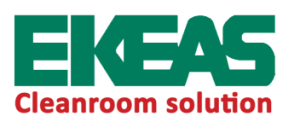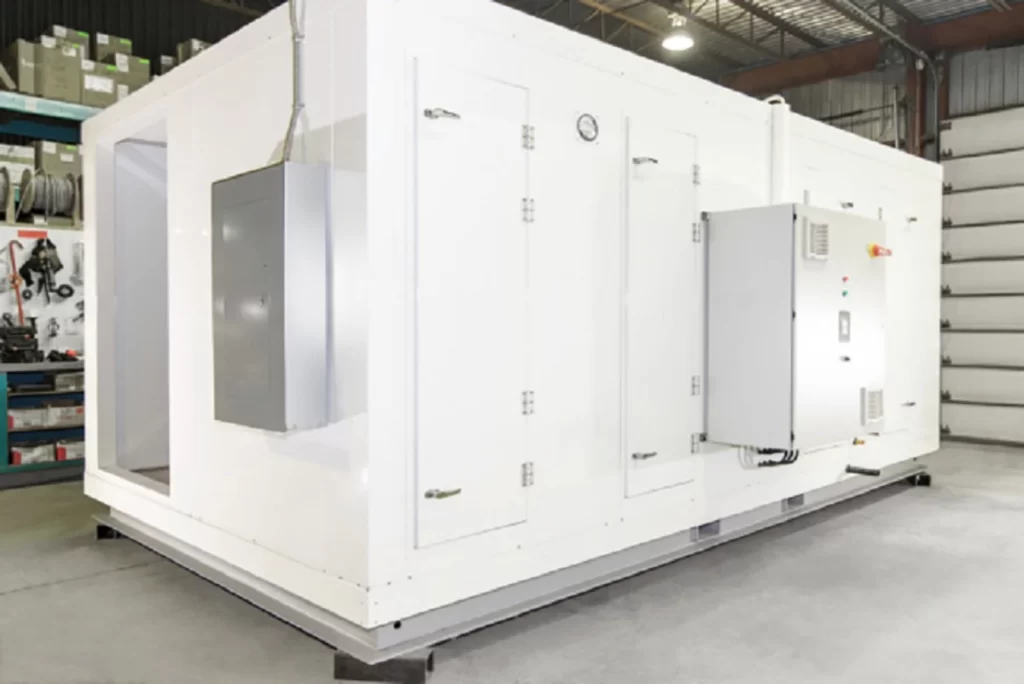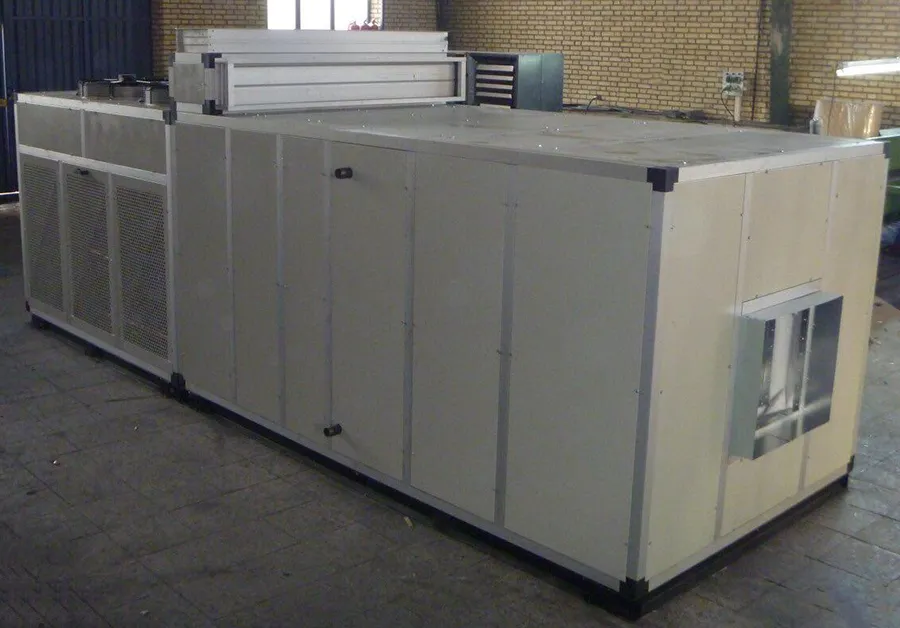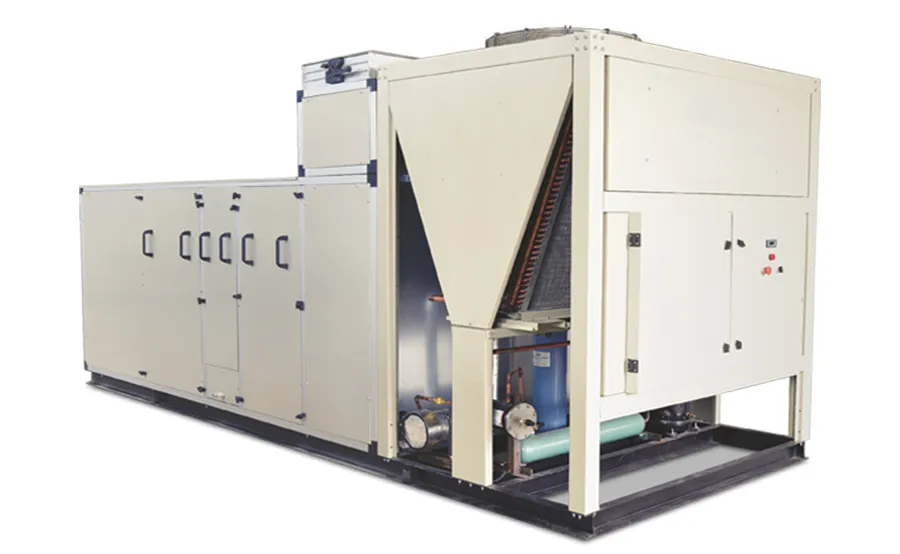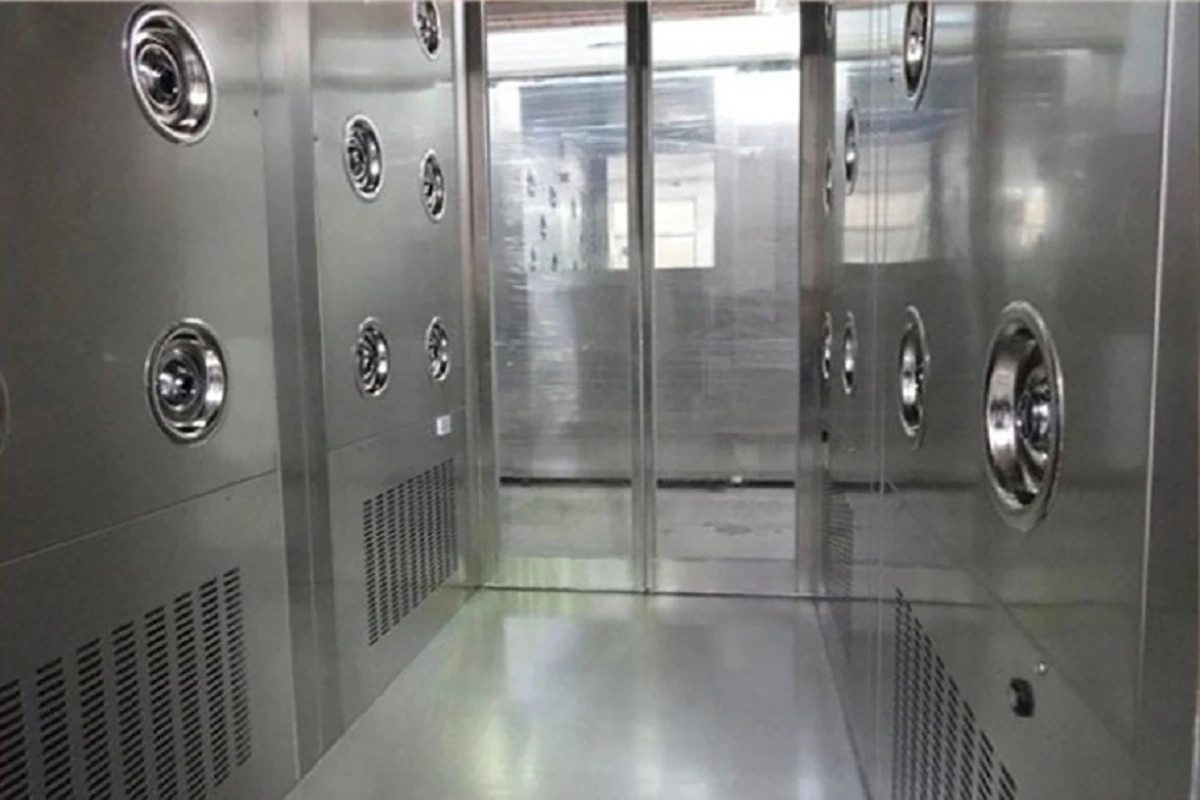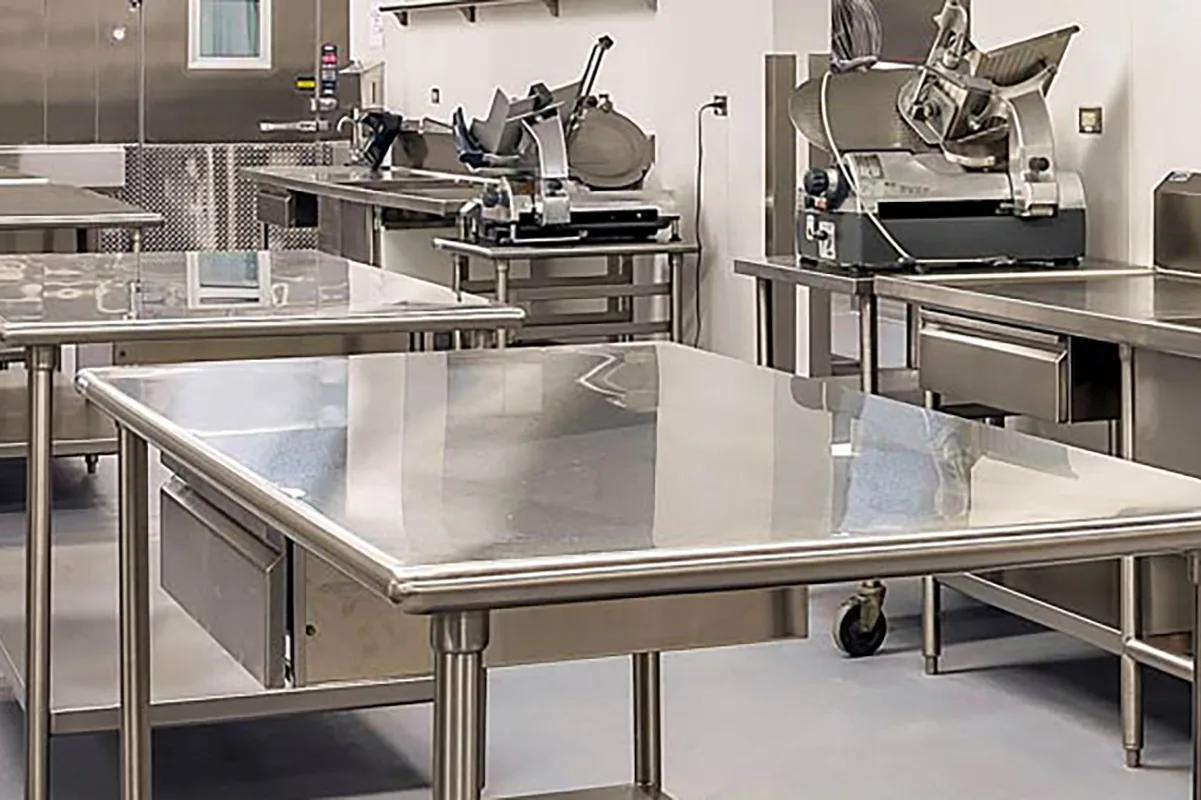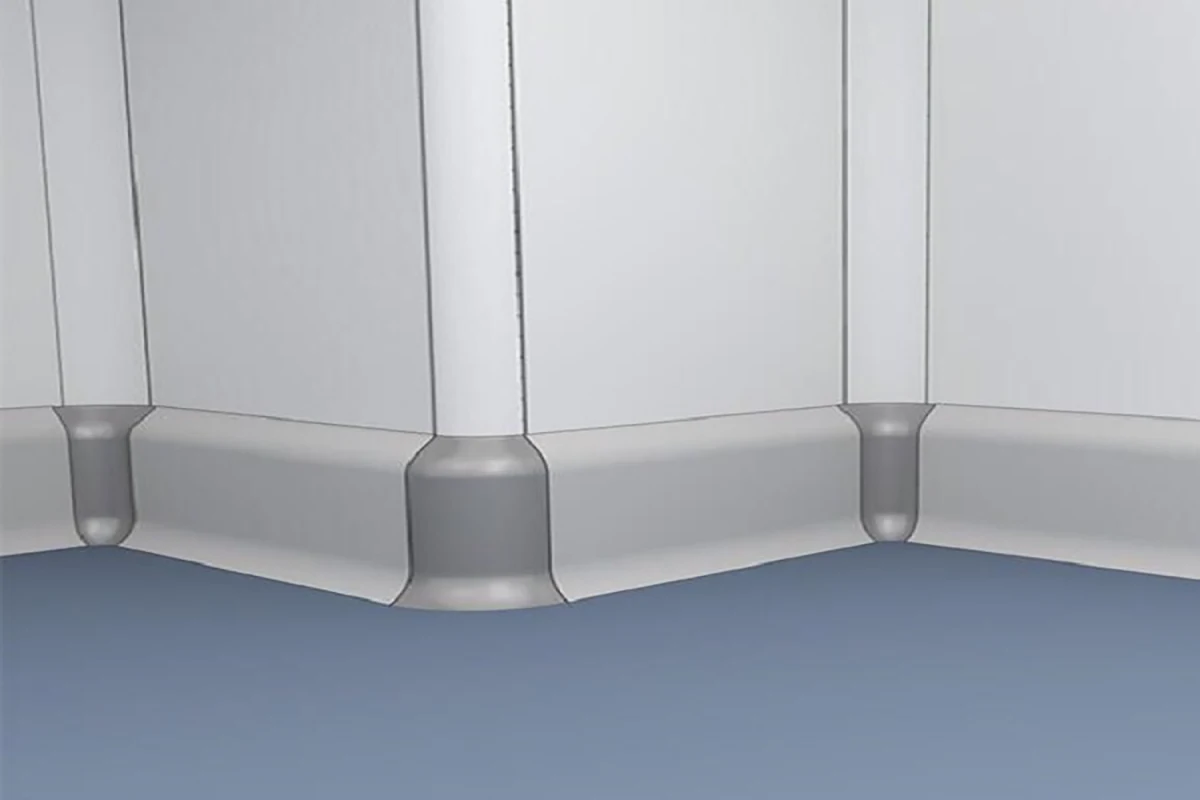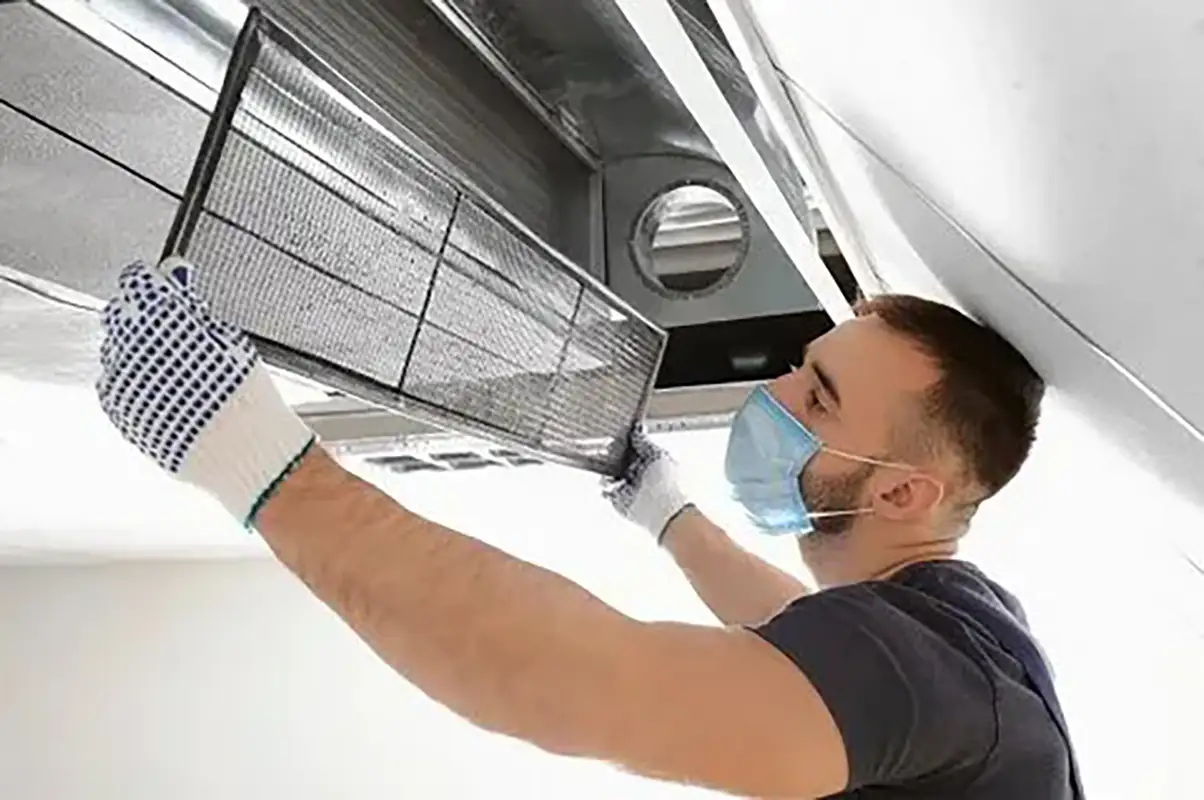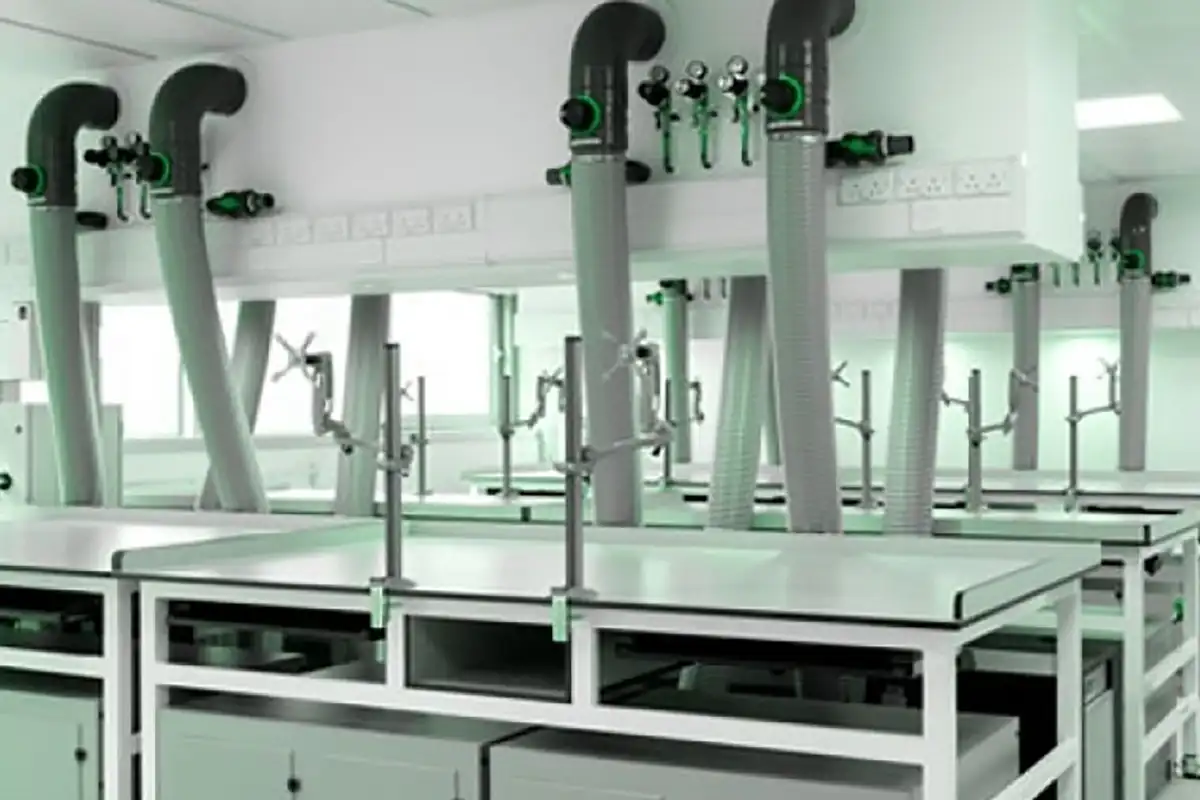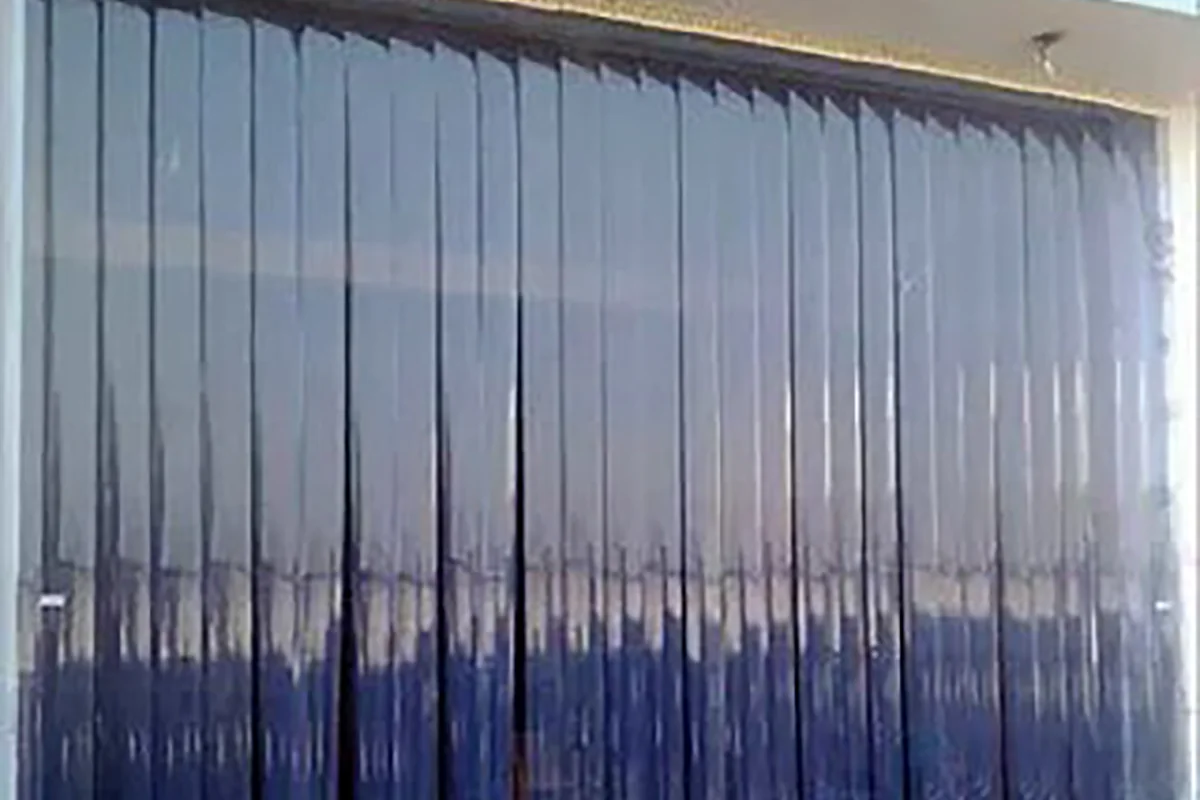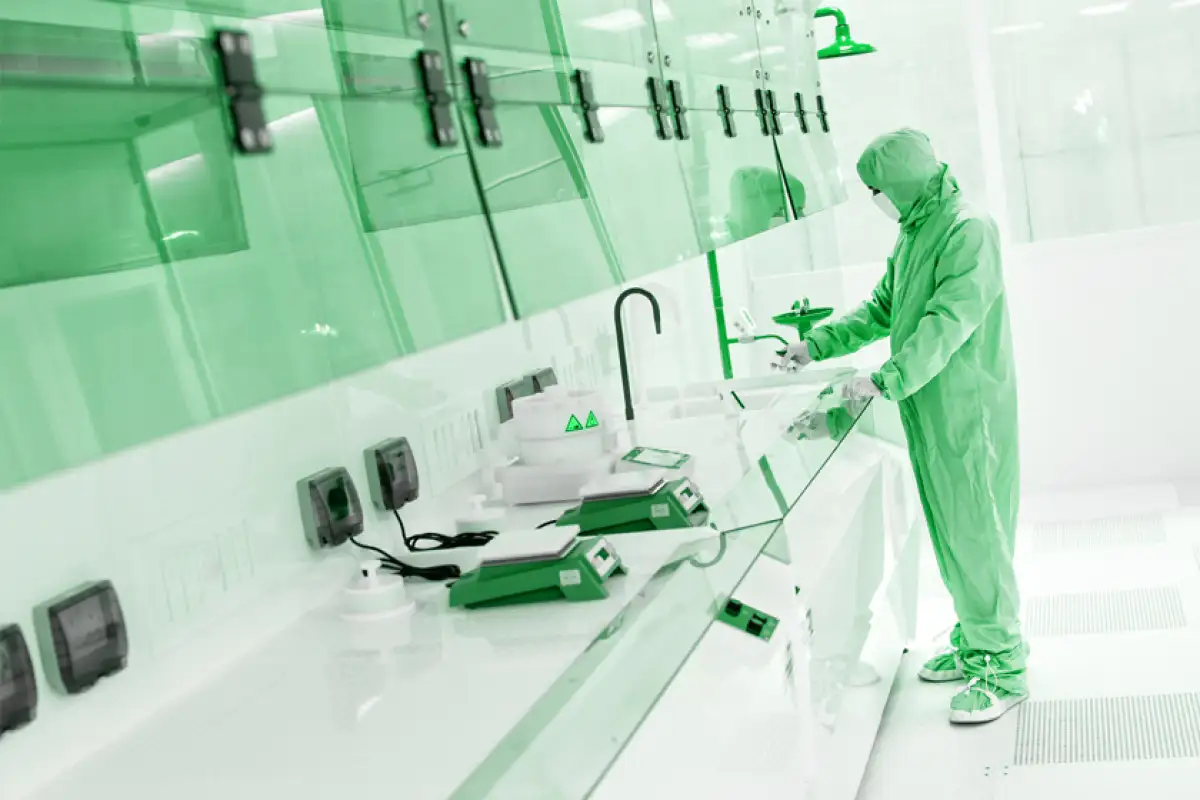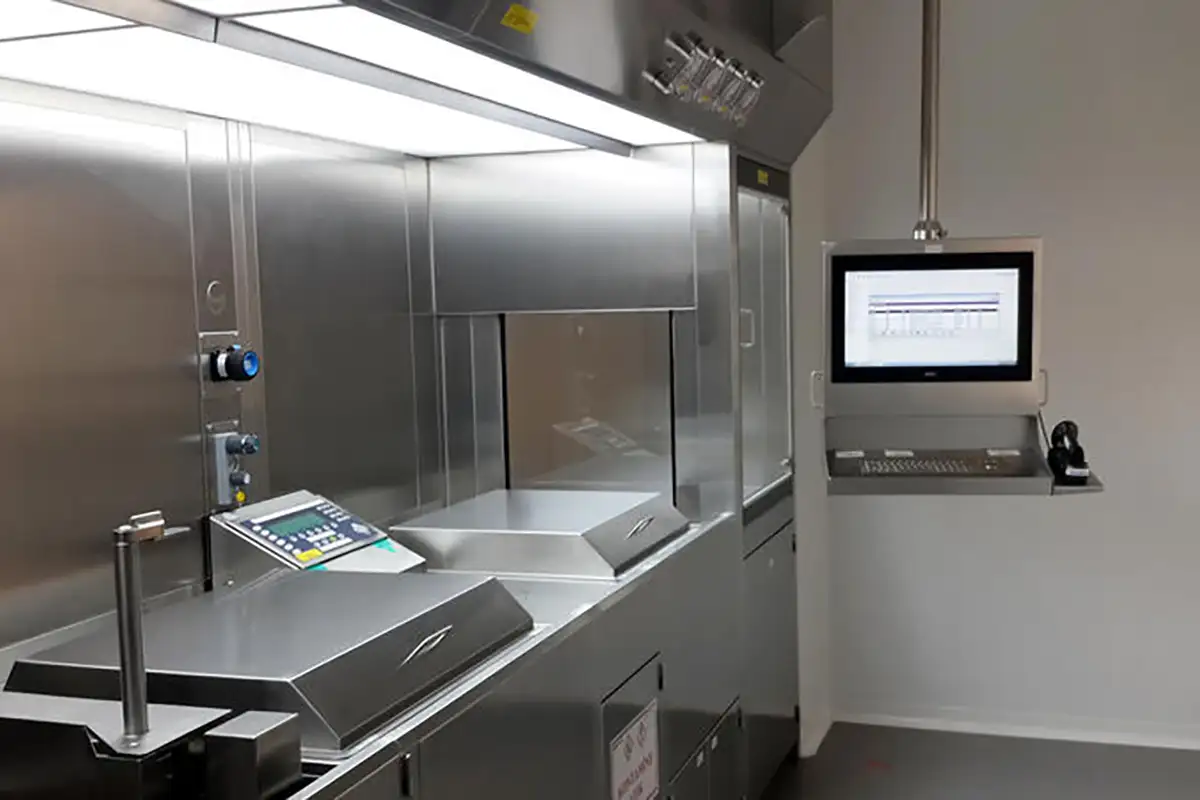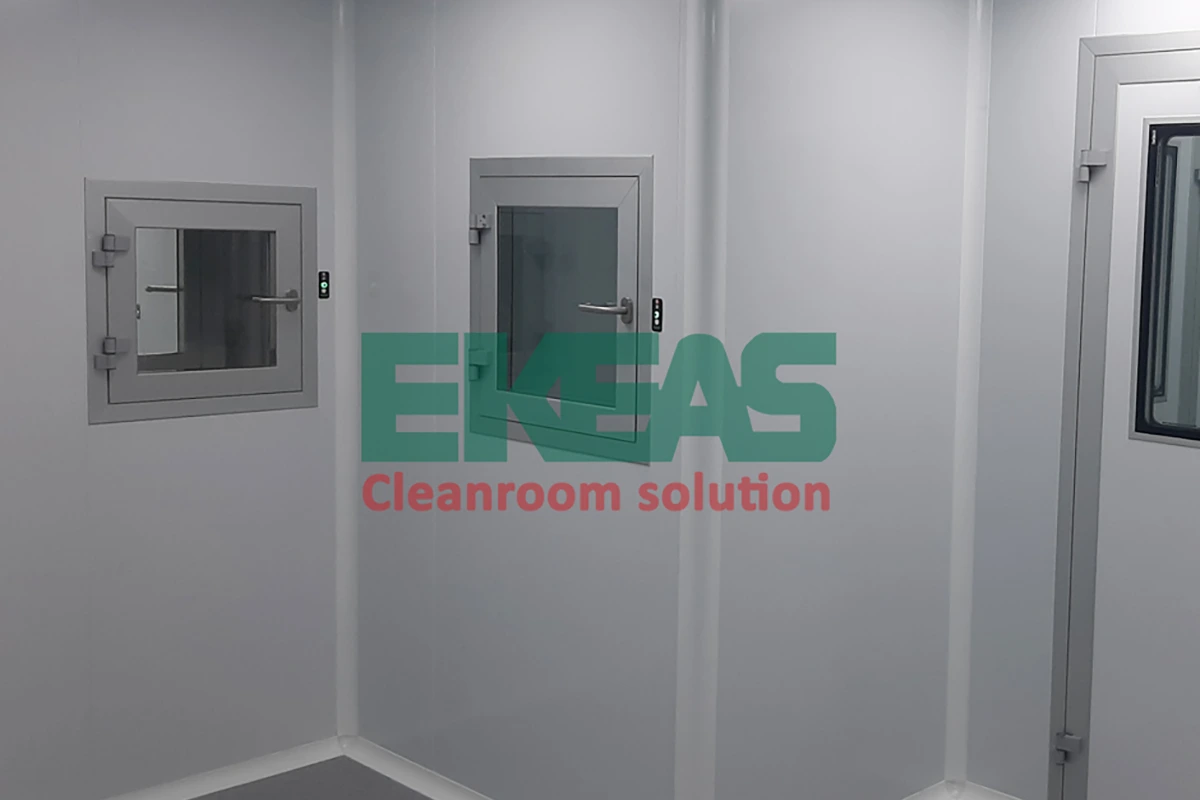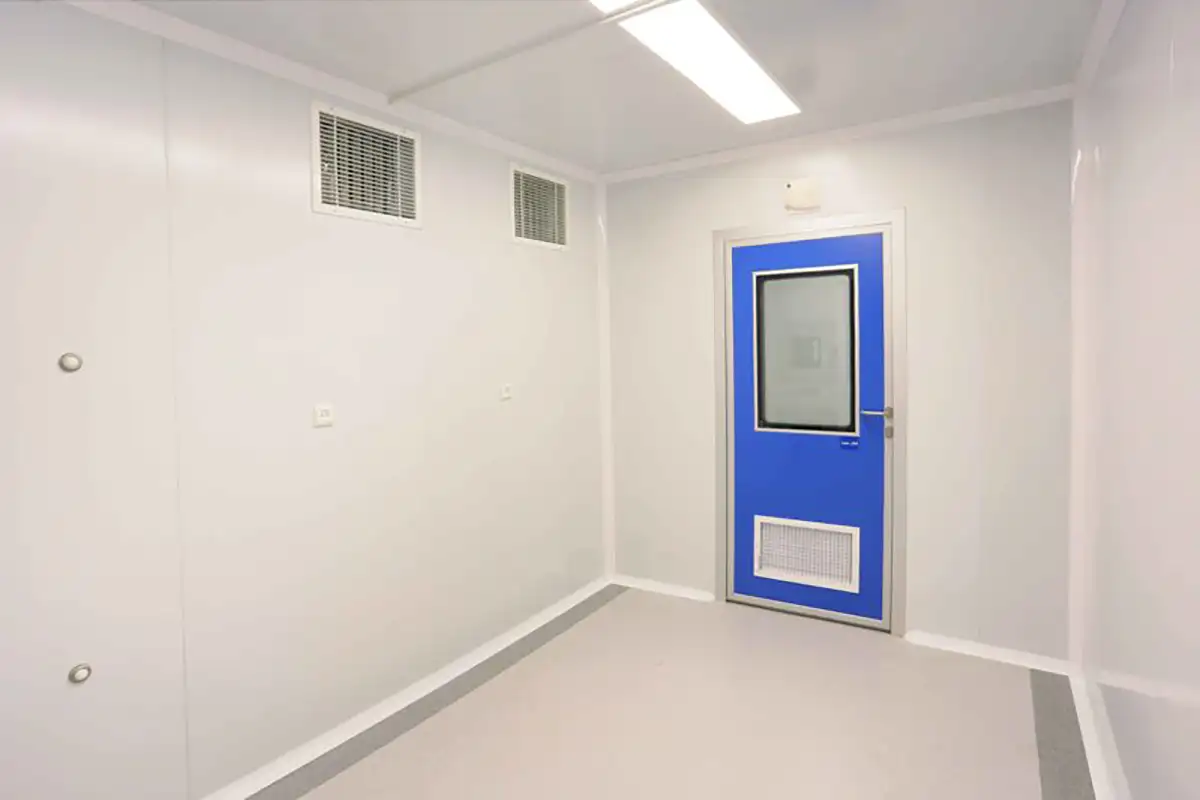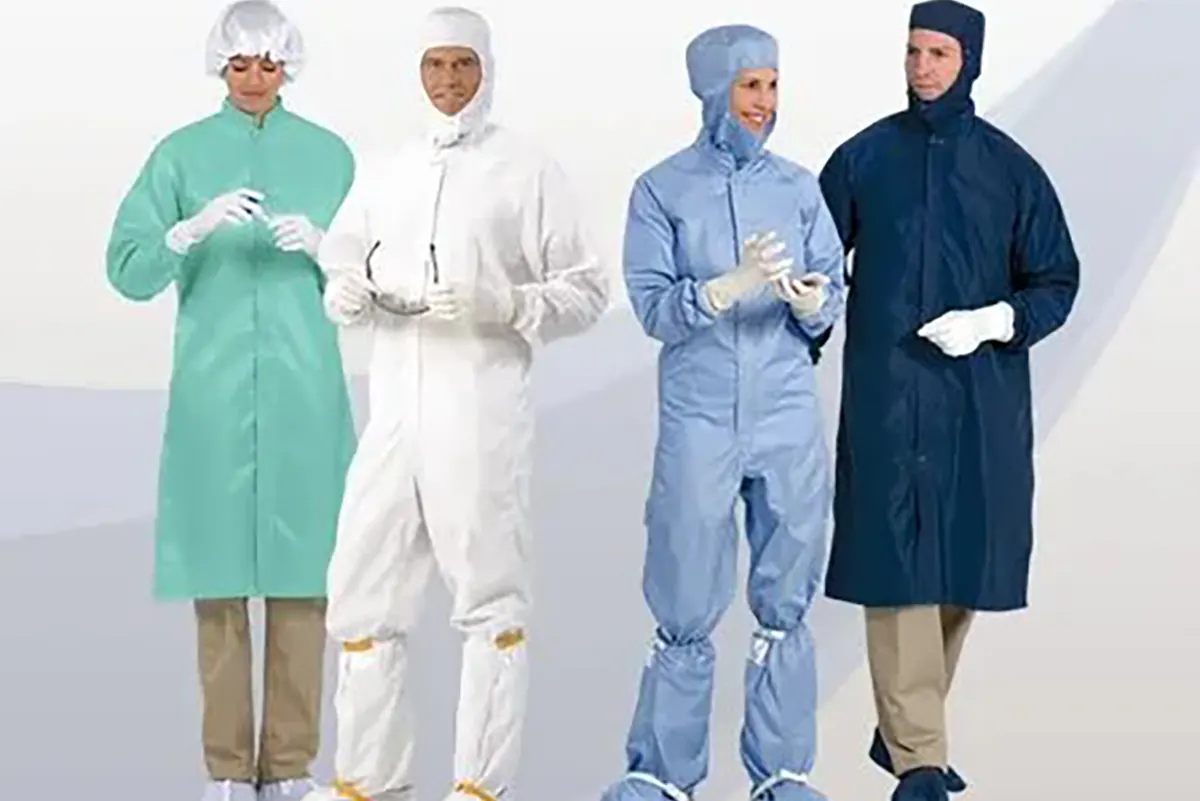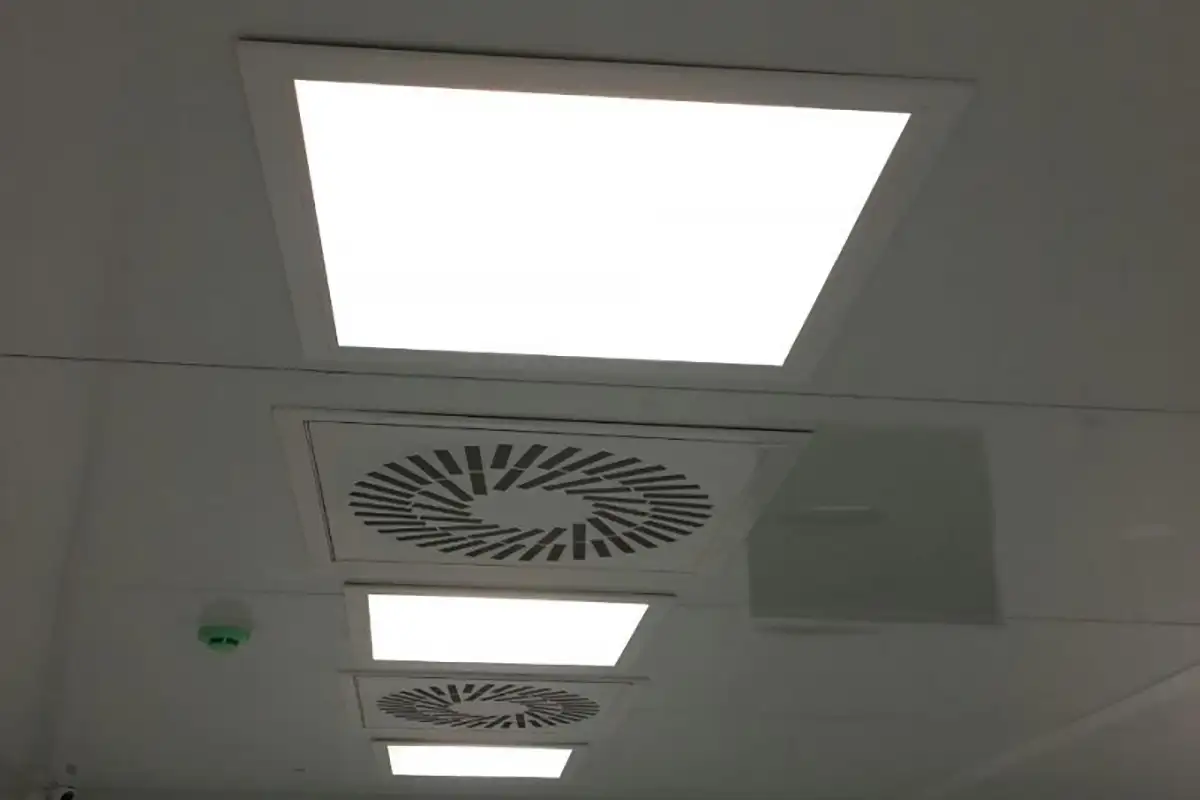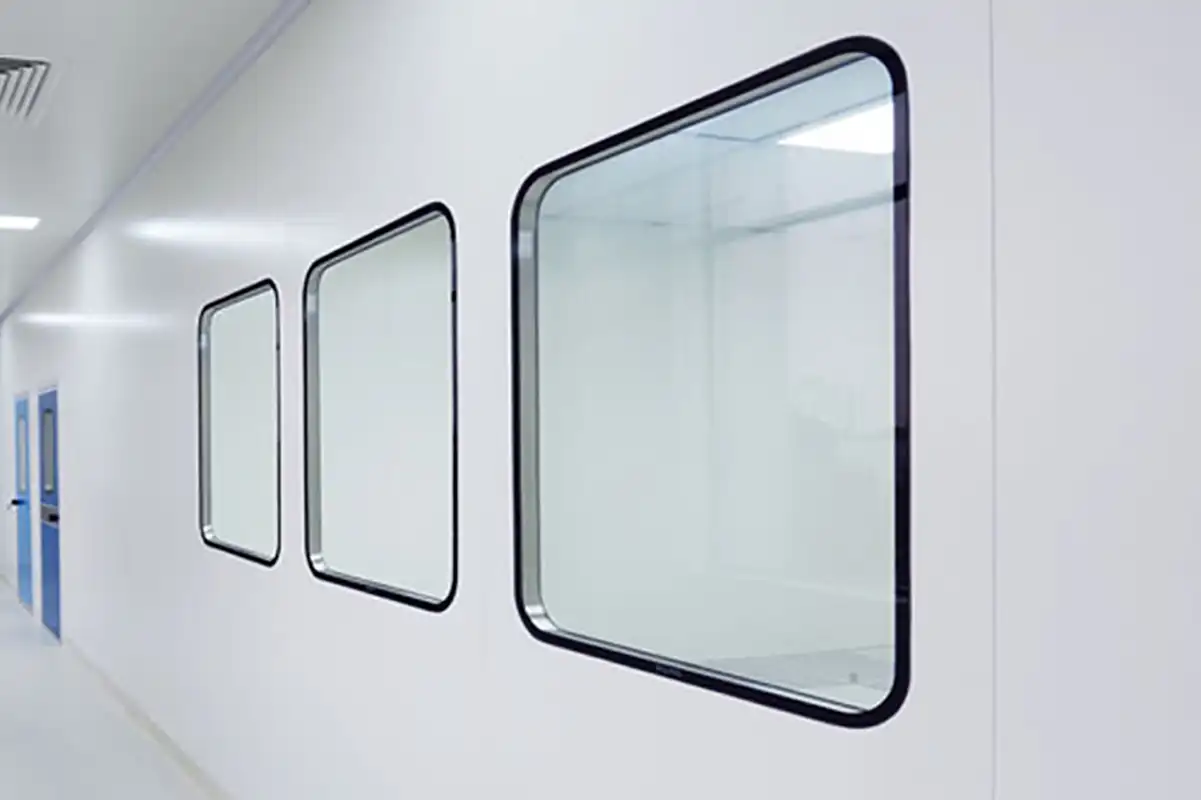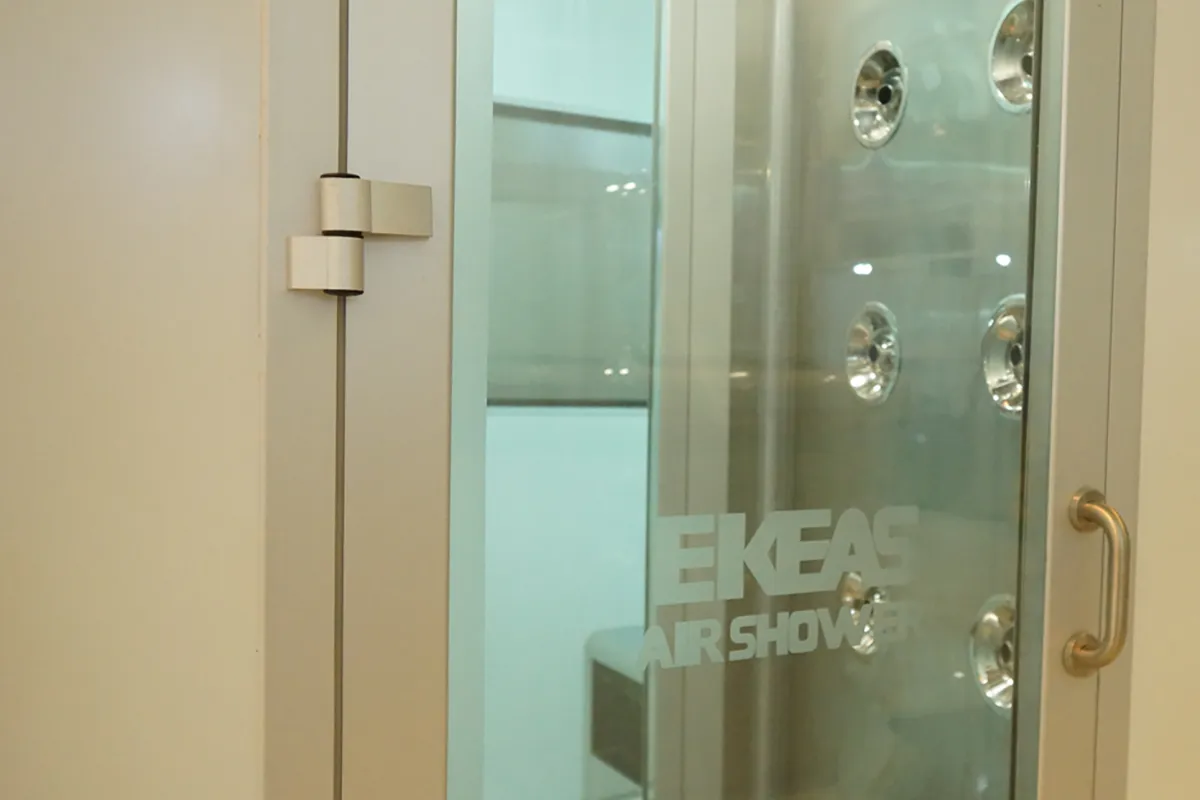Cleanrooms are essential environments for industries such as pharmaceuticals, biotechnology, and microelectronics, which require a sterile environment. A cleanroom package unit is an independent air control unit designed to maintain air flow and cleanliness in a cleanroom and is generally essential for maintaining the integrity of the cleanroom environment. To ensure that the cleanroom remains free of contaminants, proper design and installation of this independent unit should be considered. In this article, we will become familiar with all aspects of the package unit, including its operation, types, and proper maintenance methods.
What is a Cleanroom Package Unit?
Cleanroom package units, also known as cleanroom HVAC systems, are specifically designed for these sterile environments. They are responsible for controlling temperature, humidity, air flow, and particle filtration in the air of this environment to meet the stringent and standard cleanroom requirements.
These units are equipped with advanced filtration systems that effectively remove contaminants such as airborne particles, microorganisms, and volatile organic compounds (VOCs) to ensure a sterile and controlled environment. In addition, they have precise temperature and humidity control mechanisms to maintain optimal conditions for sensitive processes and products.
The components of a cleanroom package unit typically include a fan, filters, heating and cooling coils, a control panel, and sensors. The fan facilitates air circulation in the cleanroom, while the filters remove particles and contaminants from the incoming air. The heating and cooling coils adjust the temperature, and the control panel and sensors enable precise monitoring and adjustment of environmental parameters.
How Packaged Units Work in Cleanrooms
Packaged units play an important role in ensuring that the air in a cleanroom is free of all contaminants and particles that could compromise the quality of products being manufactured or research being conducted. These cleanroom units are designed to provide controlled and filtered airflow and remove particles or harmful substances from the air.
read more | Condensing Unit
The fan in packaged units in cleanrooms is responsible for circulating air in the room. It creates a continuous airflow and ensures that the air is properly distributed throughout the space. This helps to prevent stagnant air and ensures that all areas of the cleanroom receive a steady stream of filtered air.
The filtration system in packaged units in cleanrooms is designed to remove contaminants from the air. They typically include high-efficiency particulate air (HEPA) filters or ultra-low penetration air (ULPA) filters. These filters can capture small particles as small as 0.3 micrometers with efficiency rates of 99.97% or higher. By removing these particles, packaged units help to maintain the cleanliness and purity of the air in the cleanroom.
Types of Packaged Units in Cleanrooms
When it comes to packaged units in cleanrooms, there are a variety of options available to meet the different needs of this environment. Understanding the different types of these units will help you make an informed decision about which one is best suited for your specific needs and choose the right option for your cleanroom facilities. Whether you need efficient airflow, high-level filtration, contamination control during material transfer, or humidity control, there are packaged units to meet your needs. Here, we will look at these different types of standalone cleanroom units.
Air Handling Units (AHUs)
Air handling units (AHUs) are the most common type of cleanroom HVAC system. They are designed to regulate and circulate air in a cleanroom environment and are composed of components such as filters, fans, dampers, and heating or cooling coils. These units ensure controlled and clean airflow, remove contaminants, and maintain desired temperature and humidity levels.
read more | Air-cooled chillers
Filter Fan Units (FFUs)
Filter fan units (FFUs) are compact, self-contained units that contain a fan and a high-efficiency particulate air (HEPA) filter. These units are typically mounted on the ceiling and are used to provide high levels of filtration and deliver clean air to the cleanroom. FFUs are ideal for environments such as semiconductor manufacturing or pharmaceutical production that require a high level of cleanliness.
Cleanroom Air Showers
Cleanroom air showers are specialized cleanroom HVAC systems that are used for the entry of personnel and materials into cleanrooms. They are designed to remove contaminants from the surfaces of people or objects before entering the controlled environment. Air showers work by releasing filtered air at high speed through multiple nozzles, effectively removing particles and debris.
Cleanroom Pass-Throughs
Pass-throughs, or isolators, are essential for maintaining the integrity of a cleanroom by minimizing the risk of contamination during the transfer of materials. These units have locked doors on both sides that allow items to be transferred from a non-clean area to a cleanroom without compromising cleanliness. Pass-throughs can be customized to various sizes and configurations.
Cleanroom Dehumidifiers
In environments where humidity control is critical, cleanroom dehumidifiers play a critical role. These units remove excess moisture from the air and prevent the growth of mold and bacteria. Cleanroom dehumidifiers ensure a stable and controlled level of humidity that is essential for industries such as pharmaceuticals, electronics, and biotechnology.
Factors to Consider When Choosing a Cleanroom Package Unit
When it comes to setting up a cleanroom, choosing the right package unit is essential. Cleanroom package units are designed to provide the necessary HVAC (heating, ventilation, and air conditioning) system to maintain cleanliness and control the temperature required for these sterile environments. However, not all units are created equal, and there are several factors to consider before making a selection.
read more| cleanroom equipment
First, consider the size of your cleanroom. Package units come in a variety of sizes and capacities, so you need to choose an option that can adequately manage the volume of airflow required for the space of your cleanroom. Low-capacity units may lead to insufficient airflow, while large units may lead to unnecessary and inefficient energy consumption.
Consider the level of cleanliness required for your cleanroom. Different cleanrooms have different cleanliness classifications such as ISO Class 7 or ISO Class 8. Another important factor to consider is the energy consumption. Cleanroom package units can consume a significant amount of energy, so choosing a low-consumption unit can help reduce operating costs in the long run. Look for units with high SEER (Seasonal Energy Efficiency Ratio) ratings and energy-saving features such as variable-speed drives and demand-based ventilation.
Installation and Maintenance Tips for Cleanroom Package Units
Installation and maintenance of cleanroom package units require attention to detail and adherence to specific procedures. These units play a critical role in creating and maintaining a controlled and sterile environment in cleanrooms. Therefore, in the following, we will become familiar with a few essential tips for installing and maintaining these units in order to ensure optimal performance and increase their lifespan.
Professional installation and commissioning
It is very important that experienced professionals manage the installation process of a cleanroom package unit. These stand-alone units are complex systems that require precise start-up and integration with existing infrastructure. Hiring a team that is knowledgeable and proficient in the installation process will ensure proper commissioning and prevent any potential problems from occurring in the future.
Regular package unit inspections
Implement a regular inspection program to identify potential problems or maintenance needs. Inspect the filters, coils, fans, and electrical connections of the unit on a regular basis. This will help to detect any problems early on and prevent costly breakdowns or inefficient performance.
read more | Cleanroom stainless steel equipment
Filter maintenance
A cleanroom package unit relies heavily on air filters to maintain optimal air quality. Regularly inspect and replace the filters according to the manufacturer’s instructions. Clogged or dirty filters can disrupt airflow, compromise the integrity of the cleanroom, and lead to contamination hazards.
Coil cleaning
Over time, the coils in a cleanroom package unit will collect dirt, dust, and debris, which can reduce their efficiency. Regularly clean the coils using manufacturer-approved methods and appropriate cleaning materials. This will facilitate heat transfer and ensure that the unit will operate at maximum efficiency.
Fan maintenance
The fans in a cleanroom package unit are responsible for circulating air throughout the environment. Regularly inspect and clean the fans to prevent any blockages that could impact airflow. Lubricate the fan motors according to the manufacturer’s recommendations to maintain smooth operation.
read more | Standard air conditioner
Inspection of package unit electrical connections
Secure and inspect all electrical connections to make sure they are properly tightened and free of corrosion. Loose or faulty connections can cause disruptions in performance or even safety hazards. Regularly check electrical components and consult with a professional if any problems are found.
Following manufacturer’s instructions
Always refer to the manufacturer’s instructions for specific maintenance procedures, the use of recommended cleaning materials, and maintenance schedules. Each cleanroom package unit may have unique requirements that must be properly followed to ensure optimal performance and longevity.
Maximizing the Efficiency of Cleanroom Package Units
Maximizing the efficiency of cleanroom package units is essential for maintaining optimal cleanliness levels and reducing operational costs. By following best practices, you can ensure that your cleanroom is performing at its peak while also minimizing energy consumption and environmental impact.
Regular maintenance is essential. Keeping cleanroom package units clean, inspecting filters, and replacing them as needed helps to maintain proper airflow and prevent contaminants from entering the controlled environment. It is recommended to establish a regular maintenance schedule and adhere to it strictly. Proper airflow management is another key factor in maximizing the efficiency of this stand-alone unit. Make sure that your cleanroom package units are the right size for the space and that airflow distribution is uniform throughout the cleanroom.
EKEAS; A reputable source for buying and commissioning cleanroom package units
Whether you are in the pharmaceutical, electronics, or healthcare industries, having a cleanroom is essential for ensuring product quality, minimizing contamination risks, and meeting regulatory requirements. In this regard, cleanroom package units play an important role in creating and maintaining a clean and sterile environment. The engineering team of EKEAS Cleanroom Company, with a team of experienced and committed professionals, can provide valuable engineering services in all stages and areas of cleanrooms, including design and construction of cleanroom package units and other equipment. So, contact us now to benefit from these services.
Cleanroom Equipment by Ekeas
Cleanrooms include a variety of equipment, and in order for a cleanroom to meet standards, it must use the appropriate equipment. Here are a few examples of cleanroom equipment:
